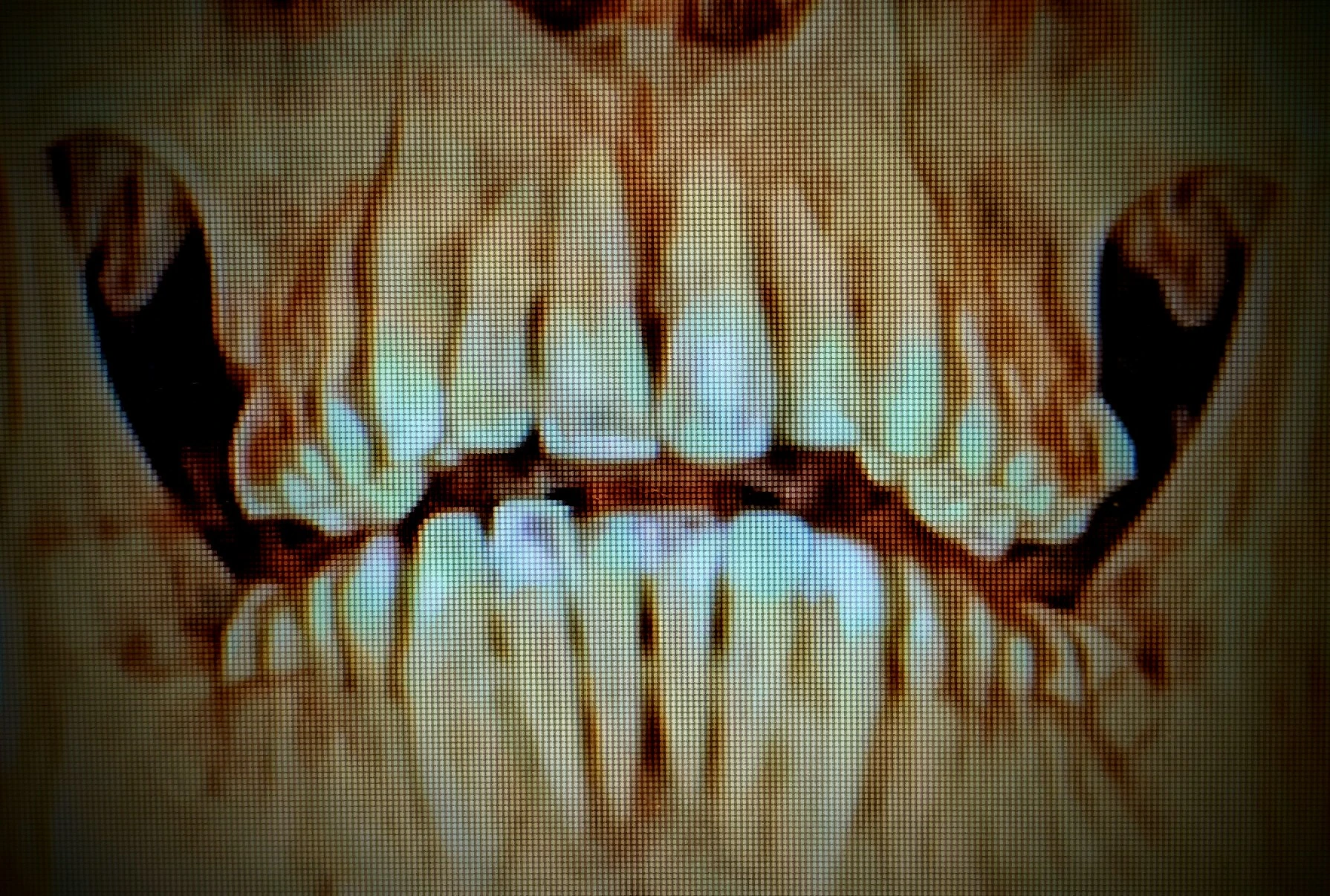Honestly I haven’t tried it but I wouldn’t mind certain things containing bug parts (on purpose) to make up for protein in them. And honestly that crunch sounds quite good.
It has one of the same inherent inefficiencies as animal meat: they need to eat something to grow. Therefore we need to use a lot of resources to produce a lot of food for them to eat, before we can eat them.
It always seems much more efficient to use those resources to grow food for us to eat directly. Also, getting Americans to eat a vegetable is slightly easier than getting them to eat a bug.
I think the “magic” of bugs is that they can eat things that would be inedible or unhealthy for other omnivores (like pigs). If we can convert some of our food and paper waste into protein and chitin, it might be worth the investment.
This only works for small farms but regular animals already fill that spot there too. Chicken and pigs are mainly fed kitchen scraps in these settings. The issue is once you go into large-scale commercial farming it becomes way too inefficient to use waste products and buying feed is more economical viable. Doesn’t matter if it’s insects or mammals or.
A lot of animal feed is already made up of a lot of “food waste”. Rice bran, maize and wheat offal, fish meal, and bone meal, all of that are byproducts of food for human consumption and commonly found in animal feed. You can even find some that have things like sawdust or other wood products inside. There are even studies into using waste paper for cattle. And while this might sound wrong, it doesn’t harm the animal. But the issue is, humans don’t want to eat something that ate something we don’t like. And I don’t see that changing with insects either.
For me the exciting part about bug farming isn’t really their use as food (for humans or animals) but more their potential to eat “real” waste (like things that birds and mammals shouldn’t eat) and then be turned into non-food items - like chondroitin or have other derivatives made out of their chitin.
Right now it’s not very efficient but with some selective breeding (or faster, GMO mealworm gut bacteria) they could start working on the landfill issue. Their poop would have to be incinerated since it would concentrate flame retardants and other toxins, but we might be able to get something useful out of them.
edit: i have a box of mealworms that I wanted to try feeding just styrofoam to to see how many generations it would take to have mealworms that thrive (not just survive and turn to cannibalism) on the stuff, but i felt bad, now they eat kitchen waste and shredded paper.
I think this is a good alternative on paper, but aren’t we in the sixth mass extinction and isn’t the insect phyla the largest at risk?
Might be a convenient talking point, but imho plant-based should definitely be the priority.
Tried mealworm, crickets and a few others.
Pretty terrible tastewise imo, not worth it past the novelty stage.
I don’t really see the point honestly, I’d rather we stabilize our population rather than find ways to accommodate exponential growth a bit longer. We’re hitting that wall eventually.Bugs are always a trophic level above plants. It’s always more efficient to ‘cut out the middle man’ and eat plants instead.




